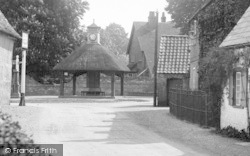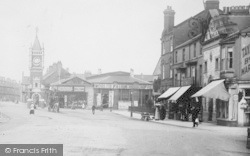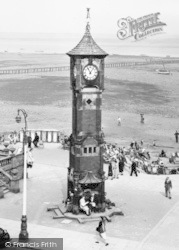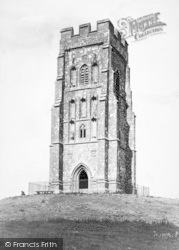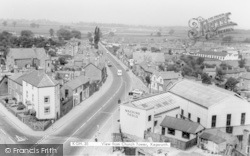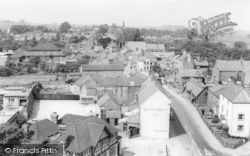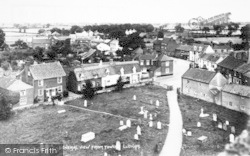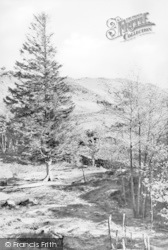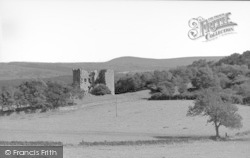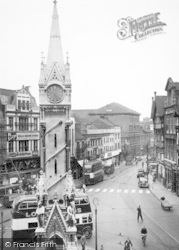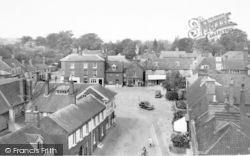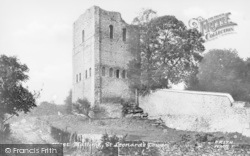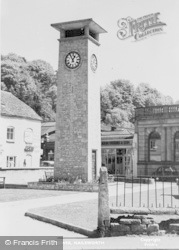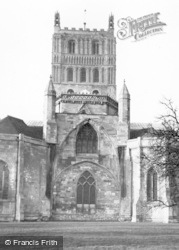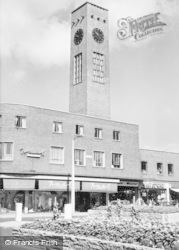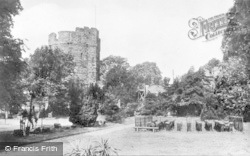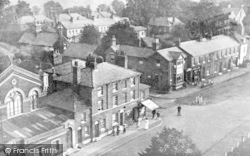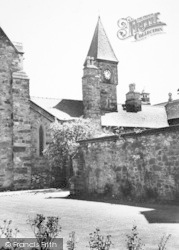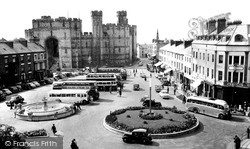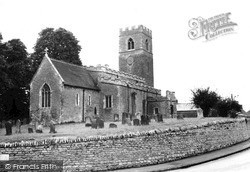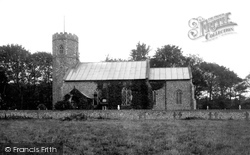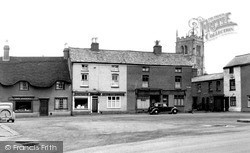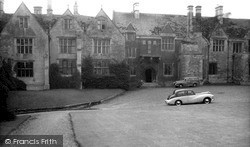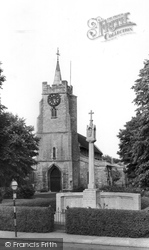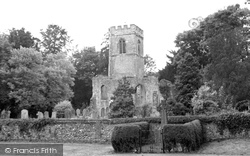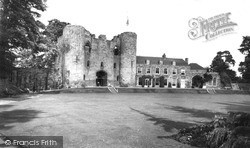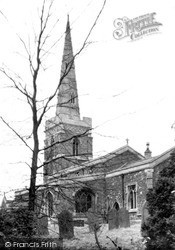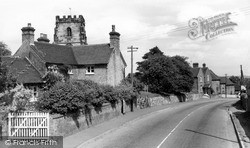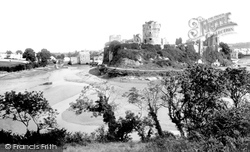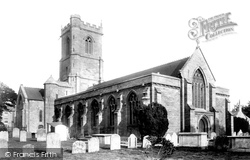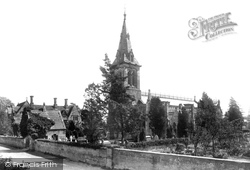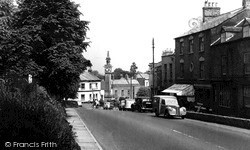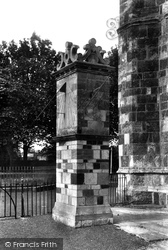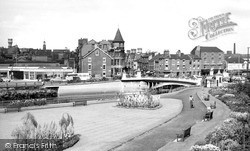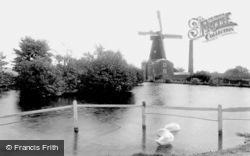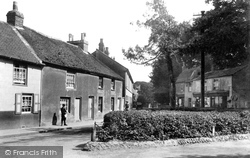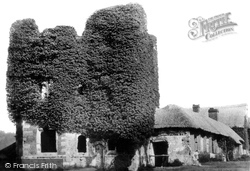Places
36 places found.
Those places high-lighted have photos. All locations may have maps, books and memories.
- Poplar, Middlesex
- Bow, Middlesex
- Bethnal Green, Middlesex
- Stepney, Middlesex
- Alton Towers, Staffordshire
- Isle of Dogs, Middlesex
- Limehouse, Middlesex
- Spitalfields, Middlesex
- Barjarg Tower, Dumfries and Galloway
- Bromley, Middlesex
- Stratford Marsh, Middlesex
- Tower Hill, Merseyside
- Tower Hill, Essex
- St George in the East, Middlesex
- Wapping, Middlesex
- Globe Town, Middlesex
- Old Ford, Middlesex
- Cubitt Town, Middlesex
- Tower Hill, Cheshire
- Tower Hill, Surrey
- Bow Common, Middlesex
- Mile End, Middlesex
- Millwall, Middlesex
- Ratcliff, Middlesex
- Warmley Tower, Avon
- Tower Hill, Hertfordshire
- Tower End, Norfolk
- Tower Hamlets, Kent
- Tower Hill, Devon
- Tower Hill, West Midlands
- Blackwall, Middlesex
- North Woolwich, Middlesex
- Hackney Wick, Middlesex
- Shadwell, Middlesex
- South Bromley, Middlesex
- Tower Hill, Sussex (near Horsham)
Photos
2,720 photos found. Showing results 2,281 to 2,300.
Maps
223 maps found.
Books
1 books found. Showing results 2,737 to 1.
Memories
637 memories found. Showing results 637 to 637.
Captions
3,036 captions found. Showing results 2,737 to 2,760.
The great castle of Edward I overpowers this scene as, of course, it was originally intended to do, and its distinctive polygonal towers distinguish it from other castles that Edward built.
Lavendon's parish church was old even then, for its nave, part of the chancel and the west tower below the belfry are all late Anglo-Saxon, probably early 11th century.
The old church tower, along with the old graves, was left on the cliff top.
The 15th-century local granite and limestone church tower of St Peter and St Paul, heavily restored in 1872 by P W Ordish, shows above the houses of quality which bound The Green.
The building with its towers and cupolas was designed by Sir Nicholas Shireburne, but he lost his son and heir and on his death in 1717 the estate passed to his daughter.
The castle has wonderful views from its escarpment overlooking the Welland Valley, notably from the Salvin Tower.
The 14th-century west tower may have survived a disastrous fire in 1310. The original peal of five bells was cast at the foundry of Joseph Eayre of St Neots in 1735.
It was built in the 12th century with later additions and renovations, including the tower of around 1500. The church fell into disuse when the new church was built in 1799.
The formidable 13th-century gatehouse of the castle, with four massive circular flanking towers and four portcullises in the entrance, stands on the site of a former Saxon fortress.
Note the new prison (built 1820) to the left of the main castle buildings with its chimneys and observation tower, all of which have been removed.
This wintry shot of the 13th-century ironstone church looks from the south east at the dominant 15th-century tower and its recessed crocketed spire.
The short battlemented tower adorns an attractive group of 18th- and 19th-century houses at the south-eastern end of the village.
William Marshall's great cylindrical keep towers above the ruins. Built in the late 12th and early 13th centuries, the keep performed both residential and military roles.
The next four bays are from the previous extensions in the 15th century, when the central tower was also rebuilt, and the newel staircase added.
The Beresford family tombs are in the churchyard, overlooked by the gargoyles on the tower and the groups of yew trees.
If we look closely, we will see ladders reaching up to the eaves of The George Hotel, the white building behind the clock tower.
This wintry shot of the 13th-century ironstone church looks from the south east at the dominant 15th-century tower and its recessed crocketed spire.
The sundial was removed from its original mounting on the gable of the south transept in 1891 and re-erected near the west tower three years later.
In the centre the Tower Restaurant is still standing next to the Old Academy.
The 15th-century local granite and limestone church tower of St Peter and St Paul, heavily restored in 1872 by P W Ordish, shows above the houses of quality which bound The Green.
We can see the porch attached to the west tower, and also the good proportions of the building. Inside, the wide three-bay nave is tall and light with thin piers.
The steam mill probably did most of the work, as it was the most reliable power source. The windmill was built in 1813; its tower was demolished in 1952, leaving just the roofed-over base.
The church is an excellent one of about 1160, with a central tower and 15th-century nave arcades, but heavy-handed Victorian restoration has somewhat spoiled things.
Built by Archbishop Warham in the early 16th century, this small manor house, consisting of a three-storey brick tower, a gallery (later turned into cottages), and the single-storey storehouse beyond
Places (38)
Photos (2720)
Memories (637)
Books (1)
Maps (223)




